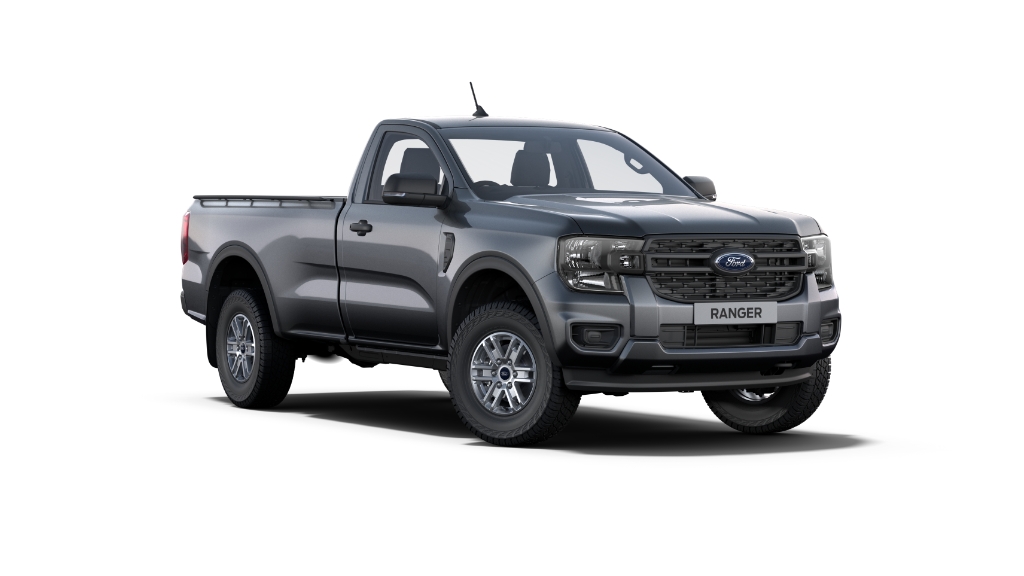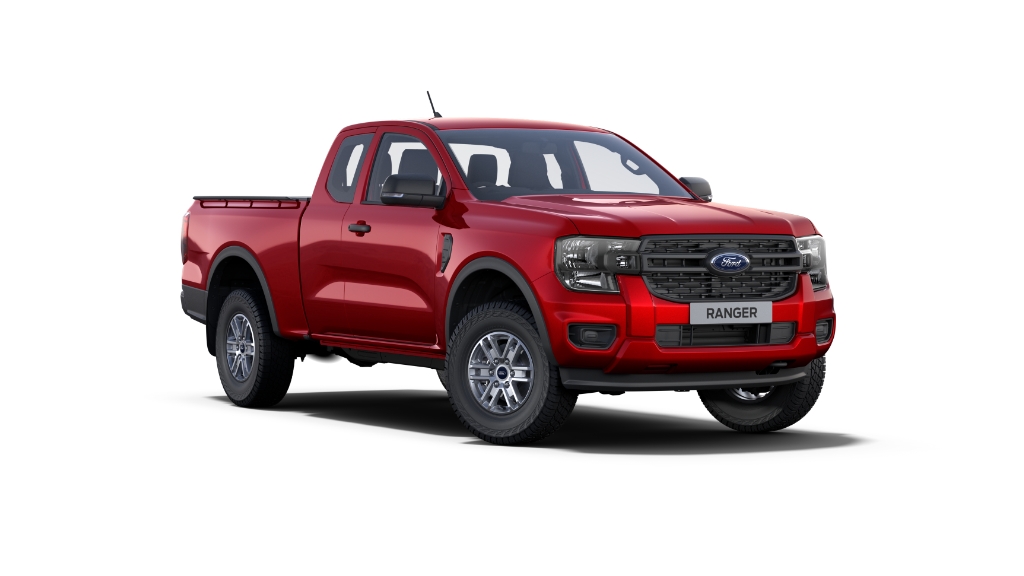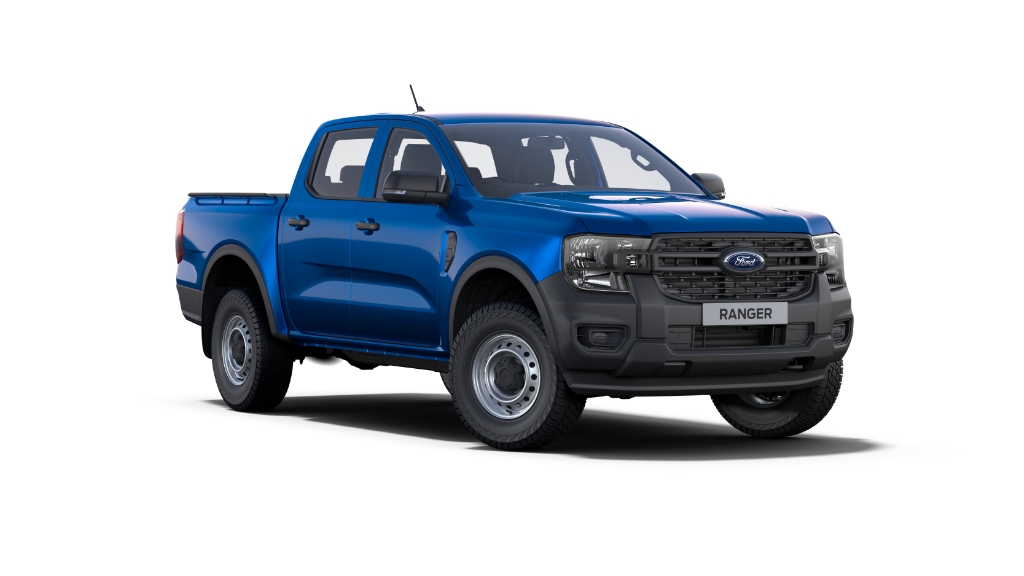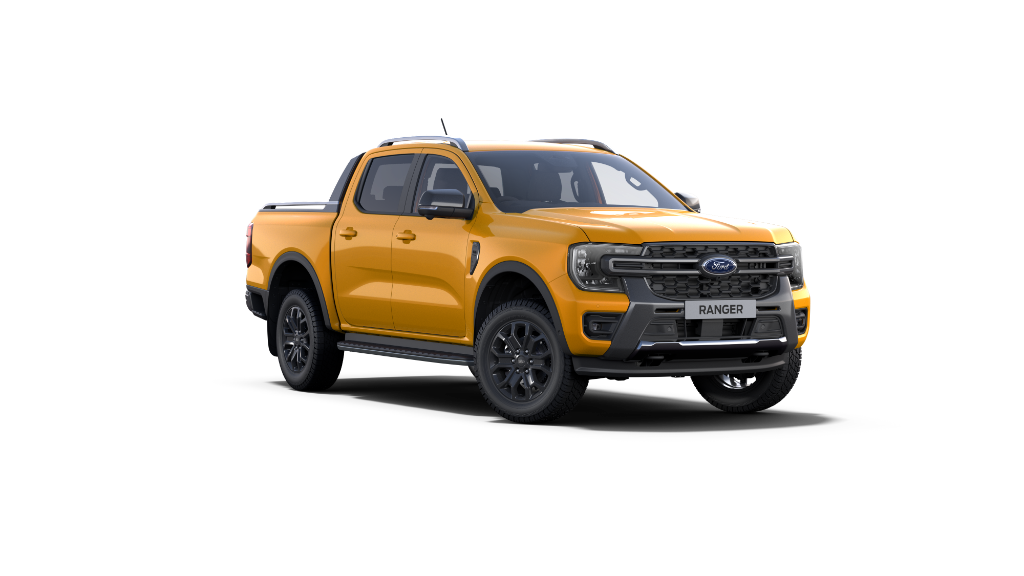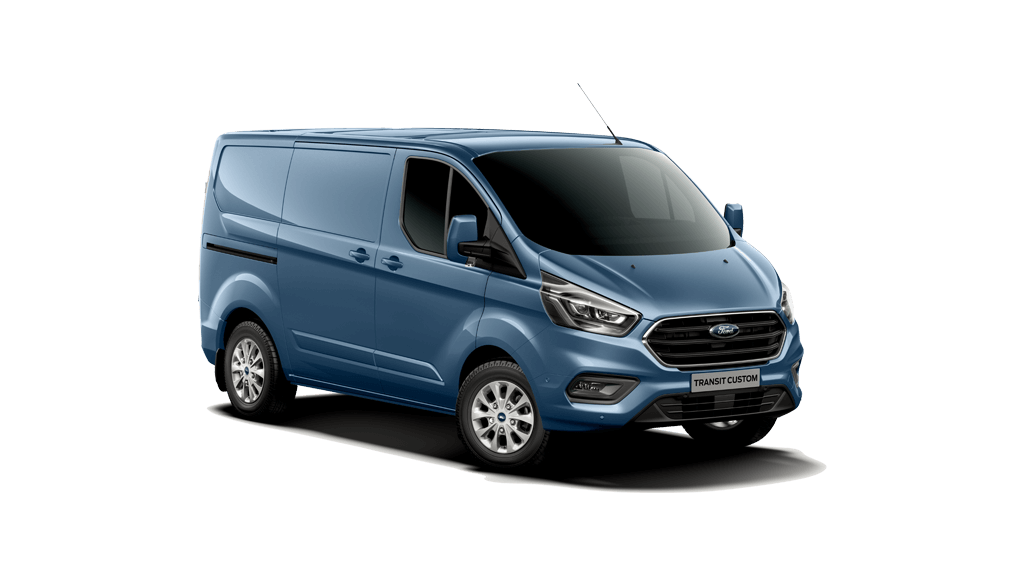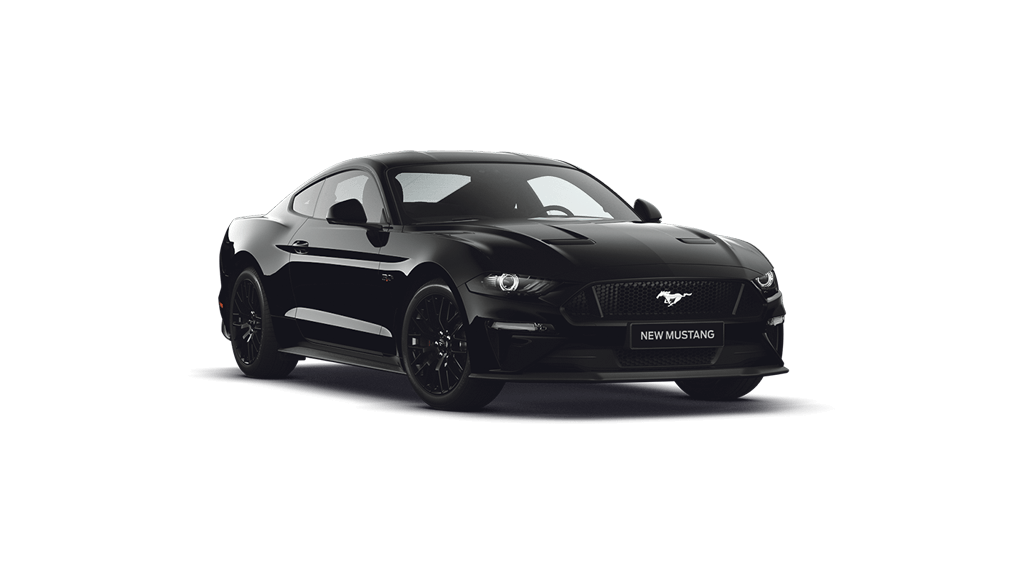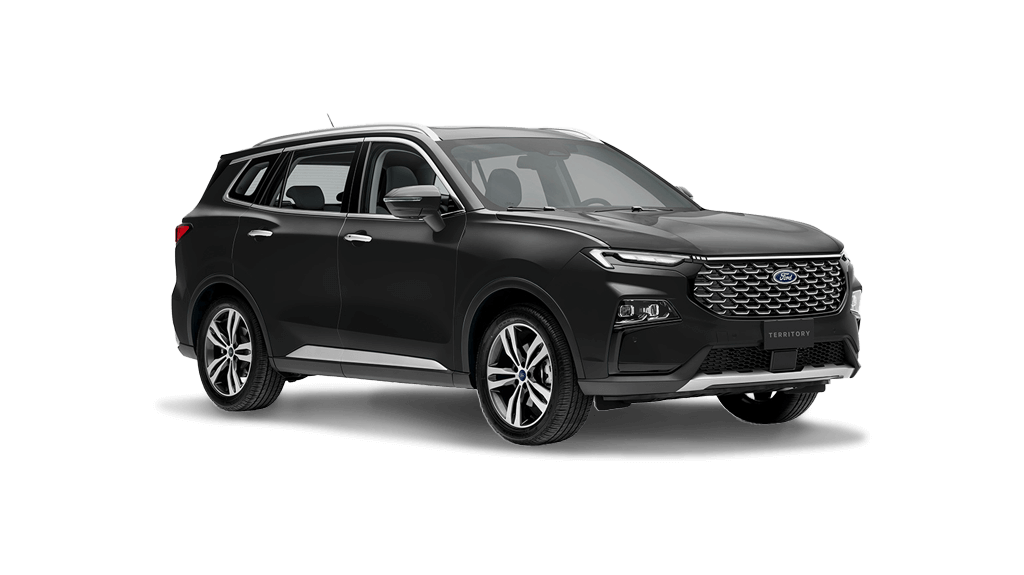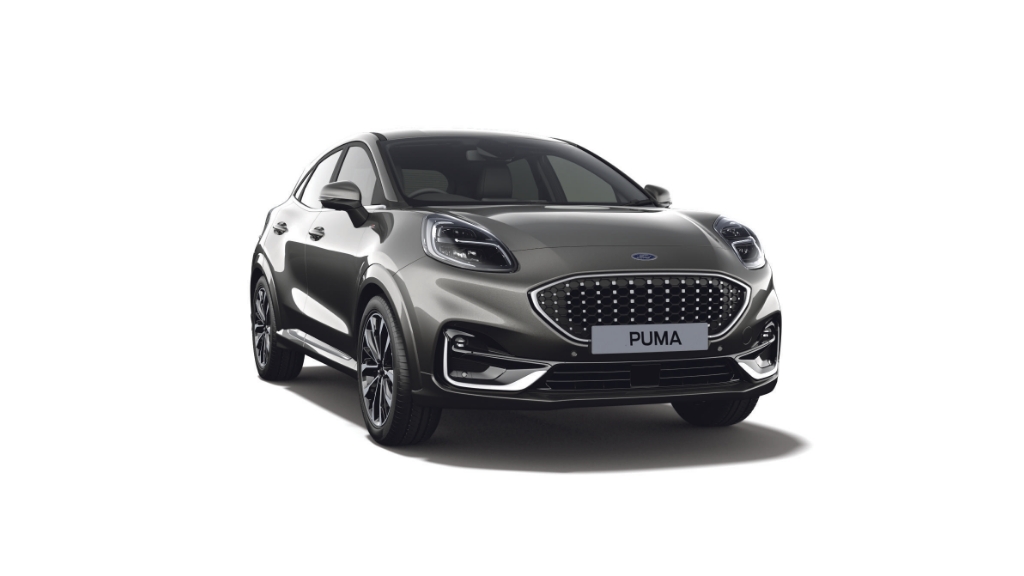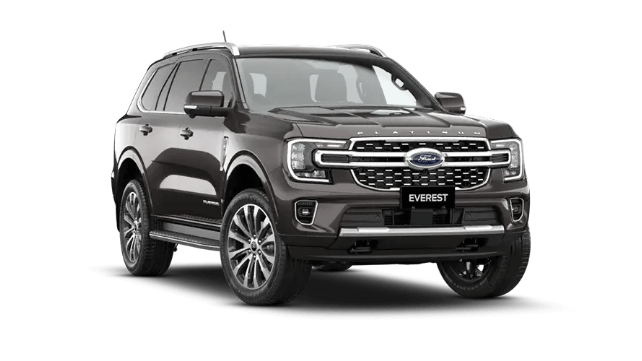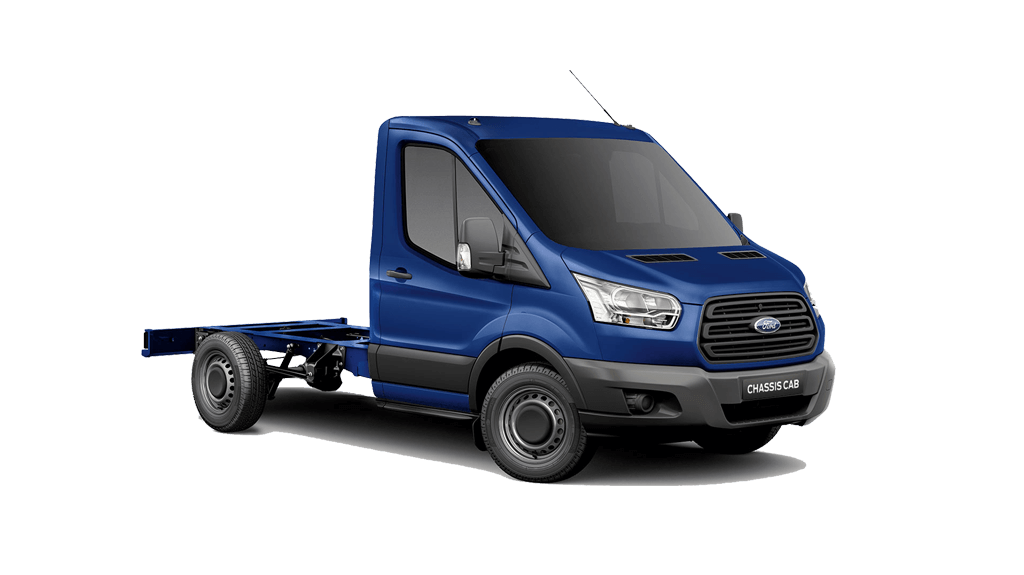Ford news
Ford’s High-Tech Three-Dimensional Automated Paint Defect Detection System Delivers Maximum Quality
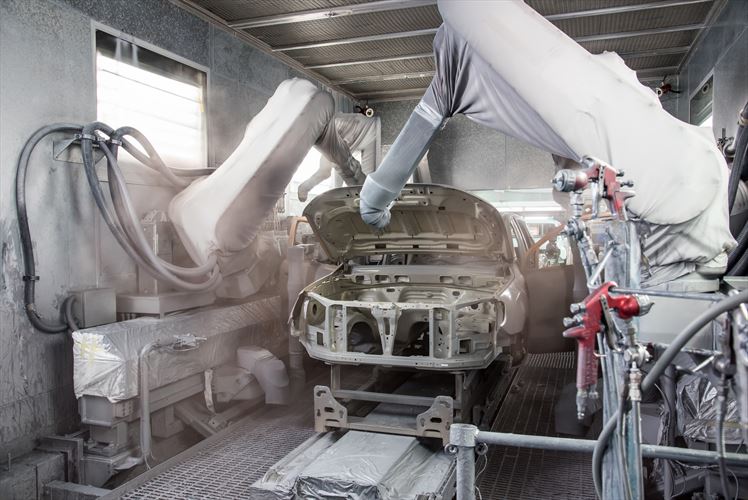
QuickPic | April 29, 2020
Ford’s High-Tech Three-Dimensional Automated Paint Defect Detection System Delivers Maximum Quality
- Ford’s Silverton Assembly Plant in Pretoria uses an automated system in its Paint Shop with 21 cameras that scan all exterior body panels to detect imperfections in paintwork
- Over 3 000 images captured in 15 seconds for every vehicle body produced, stitched together for a full 3D image to highlight dirt particles or surface imperfections by size – finer than a grain of salt
- System categorizes imperfections according to size, information relayed to skilled operators on the manicure line for rectification, all data logged in Ford’s global quality system
- Silverton plant was the first in the Ford world to introduce a tailgate scanner, for the Ranger pickup
Pretoria, South Africa, 29 April 2020 – Ford Motor Company of Southern Africa’s continued investment in its Silverton Assembly Plant in Pretoria has unlocked significant increases in its production volumes, with the Ford Ranger pickup exported to over 100 global markets, and the seven-seater Everest SUV shipped to countries across Africa.
Along with the capacity increases achieved following a R3-billion investment between 2016 and 2019, Ford invested extensively in cutting-edge production and quality systems that ensure its vehicles meet the most stringent standards – and deliver a high level of satisfaction for customers around the world.
One of the key technologies introduced in 2019 is an advanced Paint Defect Detection System in the Silverton plant’s vast 12 000m2 Paint Shop, which is able to detect even the smallest paint imperfections. This fully automated and computerised system scans the paintwork of every vehicle body, and replaced the manual inspection process employed previously.
“The launch of the Paint Defect Detection System was a major milestone for our Silverton plant, as it significantly ramped up the quality of our Paint Shop, and complemented our major investment in 2018 to completely automate our painting process with 62 robots,” says Ockert Berry, VP Operations at Ford Motor Company of Southern Africa (FMCSA).
“We used an established paint inspection system employed by Ford’s leading plants in the US and in Europe, but went a step further by incorporating a tailgate scanner for the Ranger pickup, which was a first for a Ford plant globally,” Berry states. “The new system resulted in significant gains in final quality and improved customer satisfaction for all of our locally assembled Ranger and Everest models.”
The Paint Defect Detection System is a fully automated process that uses a specially developed light tunnel equipped with 21 high-resolution cameras. It relies on a three-dimensional imaging system that applies varying degrees and angles of light while performing microscopic scans of each painted vehicle surface to detect any imperfections that occurred during the painting process.
Over 3 000 images are captured in 15 seconds for every vehicle body produced, which are stitched together for a full 3D image that is digitally compared to a perfect computer model. The 3D rendering highlights dirt particles or surface imperfections by size (finer than a grain of salt) and its precise location. These are then attended to by skilled production operators along one of two manicure lines before final inspection and buy-off, after which the body can proceed to the assembly line.
The paint inspection technology is fully integrated into Ford’s global production quality database for its manufacturing operations that is accessible from anywhere in the world via the company’s secure intranet. It links the images taken and the imperfections detected with the vehicle identification number (VIN) for full traceability and quality assessments.
Furthermore, the system enables constant monitoring and feedback on real-time data based on the number of defects by colour, model, body panel so that corrective actions can be implemented immediately to address any quality concerns in the paint process – ultimately contributing to the highest level of paint quality for Ranger and Everest models produced in South Africa.
Original article and image as supplied by QuickPic

